Yosemite National Park stuns in every season, but honestly, timing your trip can mean the difference between a nice getaway and the kind of adventure you’ll talk about for years. May, in my book, is hands-down the best time to visit Yosemite. That’s when waterfalls crash down from the cliffs, wildflowers burst into bloom, the air feels just right, and the crowds haven’t yet reached their summer fever pitch.
Every season here brings something different—spring’s roaring waters, summer’s high country, autumn’s gold, even winter’s hush. I’ve wandered Yosemite in all sorts of weather, and I’ve noticed how the seasons can totally change what you see, where you can hike, and how many people you’re sharing those jaw-dropping views with.
Let’s break down what each season actually feels like—when you’ll catch wildflowers at their best, which months are ideal for photography or hiking, and how weather or crowds might affect your plans. I’ll throw in practical tips too, because nobody likes a wasted trip.
How Timing Impacts Yosemite: Waterfalls, Wildflowers, and Crowds
When you visit Yosemite, the timing shapes everything. Spring brings those wild, thundering waterfalls, but also a surge of visitors. Fall? The park glows with color and the trails finally quiet down.
Peak Waterfall Season in Yosemite
Spring turns Yosemite into a waterfall lover’s dream. If you want to see the falls at their wildest, aim for April through June.
Snowmelt from the high country sends torrents over the cliffs. The “big four”—Yosemite Falls, Vernal Fall, Nevada Fall, and Bridalveil Fall—absolutely roar this time of year.
May is peak waterfall month. I’ve stood in the valley and watched the mist from Yosemite Falls drifting for miles. It’s unreal.
By July, the show fades. Many smaller falls dry up entirely by late summer.
The Mist Trail? Oh, you’ll get soaked. But that’s half the fun—especially in spring, when the spray feels like a rite of passage.
Peak Waterfall Months:
- April: Waterfalls really get going
- May: Maximum drama and water flow
- June: Still strong, but easing up
- July-August: Mostly a trickle, some falls vanish

Wildflower Blooms and Meadows
Wildflower season climbs the mountains as the snow melts. Lower spots bloom first, then the color creeps higher.
Yosemite Valley’s floor pops with lupine, paintbrush, and poppies in April and May. Meadows near the village are the best spots.
Higher up, blooms arrive in June and July. Tuolumne Meadows puts on a real show then.
How heavy the winter snow was will push wildflower season earlier or later. Heavy snow? Expect flowers later.
I’ve found the sweet spot for wildflowers is late May through July. Each elevation zone has its own window.
Best Wildflower Locations by Season:
- April-May: Yosemite Valley meadows
- June-July: Mid-elevation, think Glacier Point Road
- July-August: High country, especially Tuolumne Meadows
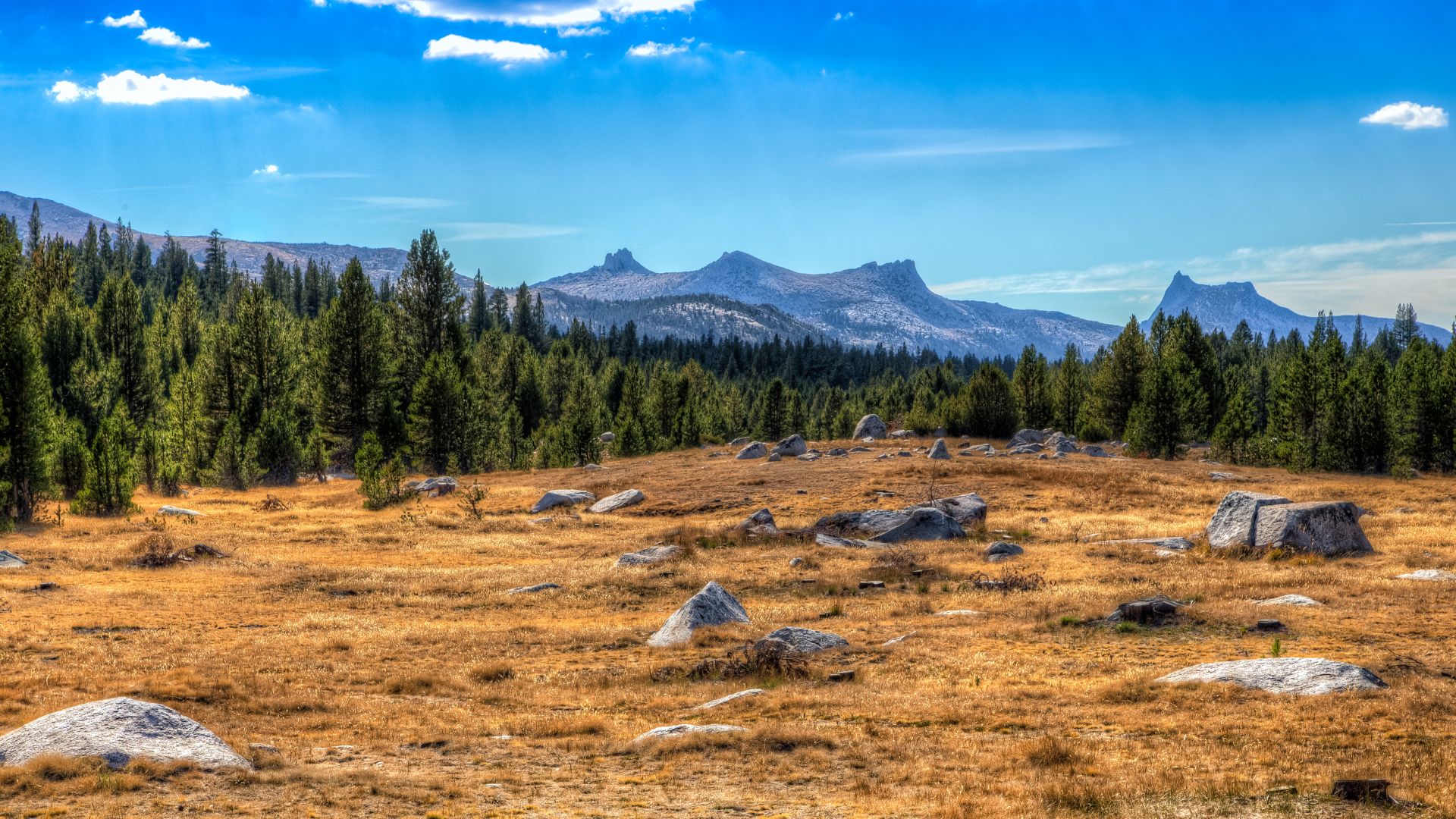
Fall Colors and Leaf Peeping
Fall color in Yosemite starts up high and trickles down. The show usually runs from late September to November.
October is prime time for fall colors. High elevations turn first, sometimes in mid-September.
Yosemite Valley itself peaks in mid to late October. The valley floor is the easiest place to catch the colors.
Black oaks, maples, and dogwoods steal the show. You’ll see deep reds, fiery oranges, and gold everywhere.
Weather’s a wild card. Early frost can kill the color fast, while warm days stretch it out.
Fall Color Timeline:
- Late September: High country goes first
- Early October: Mid-elevation areas
- Mid-October: Yosemite Valley gets going
- Late October: Valley floor peaks
Crowd Levels Throughout the Year
Knowing when the crowds hit can save your sanity. Summer is packed, but you get the best weather.
Summer (July-September) is when everyone shows up. Traffic jams, packed trails, you name it.
Spring (April-June) draws waterfall chasers, so it’s busy—especially May.
Fall (October-November) is my favorite for hiking. The trails open up and the weather’s still good.
Winter (December-March)? It’s quiet, but a lot of places are closed off.
Crowd Levels by Season:
- Highest: July-August (summer madness)
- High: May-June (waterfall chasers)
- Moderate: April, September-October
- Lowest: November-March (winter hush)
Weekends always get busier than weekdays. If you want parking and solitude, get up early.
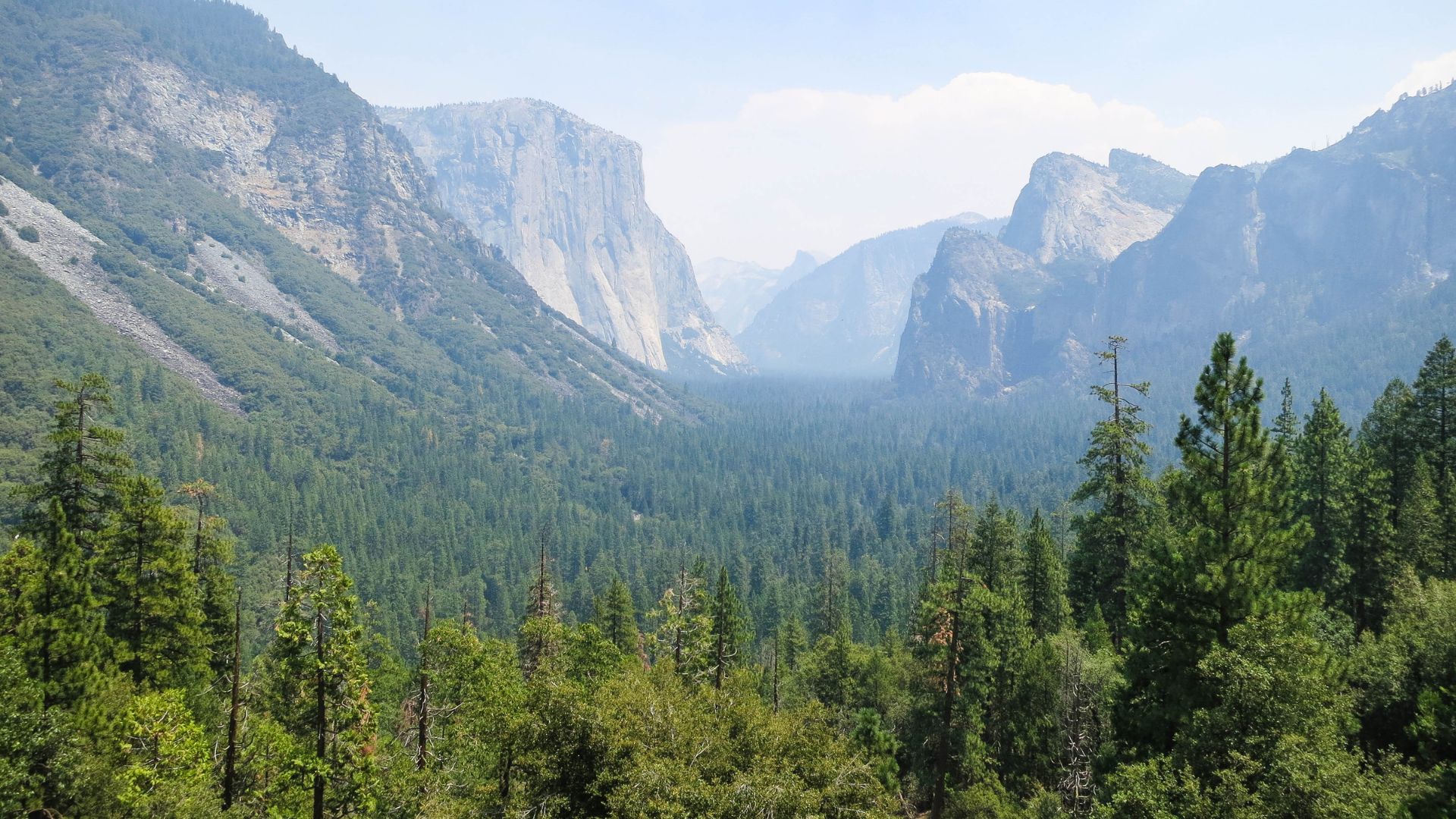
Spring in Yosemite: Waterfalls, Wildflowers, and Peaceful Trails
Spring in Yosemite feels like a secret you’re in on. Waterfalls crash down, wildflowers blanket the meadows, and the crowds haven’t quite arrived.
You’ll find the best trail conditions and those iconic waterfall views without elbowing through summer throngs.
Best Spring Hikes and Viewing Spots
Mist Trail to Vernal Fall is my go-to in spring. The waterfall’s at its wildest, and the mist will absolutely drench you. Bring a rain jacket for those granite steps.
The Yosemite Falls Trail is a classic. The lower viewpoint is just a mile and easy for most. If you’re up for a challenge, the full hike to the top is 7 miles and totally worth it for the views.
Mirror Lake offers a gentle 2-mile loop. In spring, higher water makes for gorgeous reflections. It’s great for families.
Bridalveil Fall rages in spring. The short 1.2-mile hike to the base puts you right in the spray.
Valley floor trails along the Merced River burst with lupine, poppies, and Indian paintbrush. Spring is their time to shine.
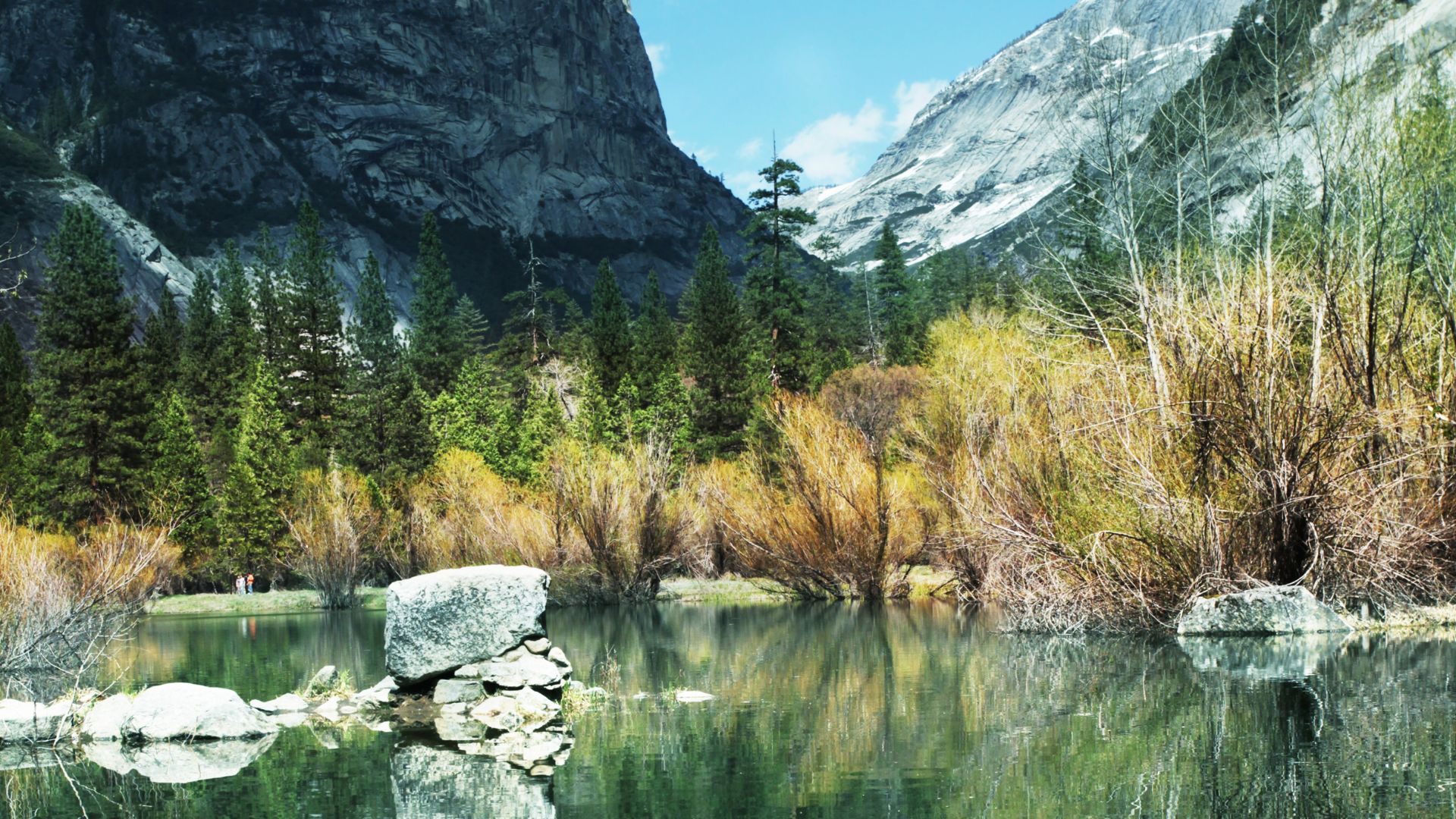
Road and Trail Accessibility in Spring
Glacier Point Road usually opens late May or early June after crews clear the snow. Until then, you’ll only get as far as Washburn Point.
Tuolumne Meadows and the high country stay snowed in through May. Don’t expect full access until June or July, depending on the snowpack.
Valley floor trails open up earliest. Mirror Lake, Mist Trail, and lower Yosemite Falls are usually good to go by April.
Check trail conditions before you head out. Some paths get icy or muddy from snowmelt, and spring weather can shift fast.
Parking fills up as soon as the weather turns nice. I always get to popular trailheads like Mist Trail and Yosemite Falls early.
Springtime Weather and What to Expect
March is a gamble—temps swing from the 30s to 50s. You might see snow up high, but the valley starts to thaw.
April warms up a bit, with highs in the 40s and 60s. You’ll get the odd rain shower, but snow’s rare in the valley.
May is the sweet spot. Sunny days in the 50s to 70s, wildflowers everywhere, and hiking feels just right.
I always pack layers in spring. Mornings start out cold, afternoons can get warm, and a waterproof jacket saves the day if you get caught in a shower or waterfall mist.
Even if the sun’s shining, spring nights drop into the 30s or 40s. Don’t forget a warm layer for evenings.
Summer in Yosemite: High Country Adventures and Bustling Crowds
Summer unlocks the high country—Tuolumne Meadows, Tioga Road, and all those remote corners you can’t reach any other time. But, brace yourself, because everyone else has the same idea.
If you want to camp or park, you’ll need to plan ahead. Reservations aren’t just helpful—they’re essential.
Access to Yosemite’s High Country and Iconic Sights
Summer is when I finally get to explore Yosemite’s high country. Tioga Road usually opens late May or early June and stays open until October. It’s a stunning drive, climbing above 9,000 feet.
Tuolumne Meadows comes alive once Tioga Road is clear. At 8,600 feet, it’s cooler and, honestly, less crowded than the valley.
Tioga Pass links Yosemite with the Eastern Sierra. It closes in winter, so summer is your shot for that epic drive.
Half Dome and El Capitan are at their most accessible now. The cables on Half Dome go up from late May to mid-October. Permits? Yeah, you’ll need to snag one early.
Sentinel Dome is a favorite of mine for big views without a technical climb. It’s 2.2 miles round trip—totally doable. Summer weather makes this a breeze.
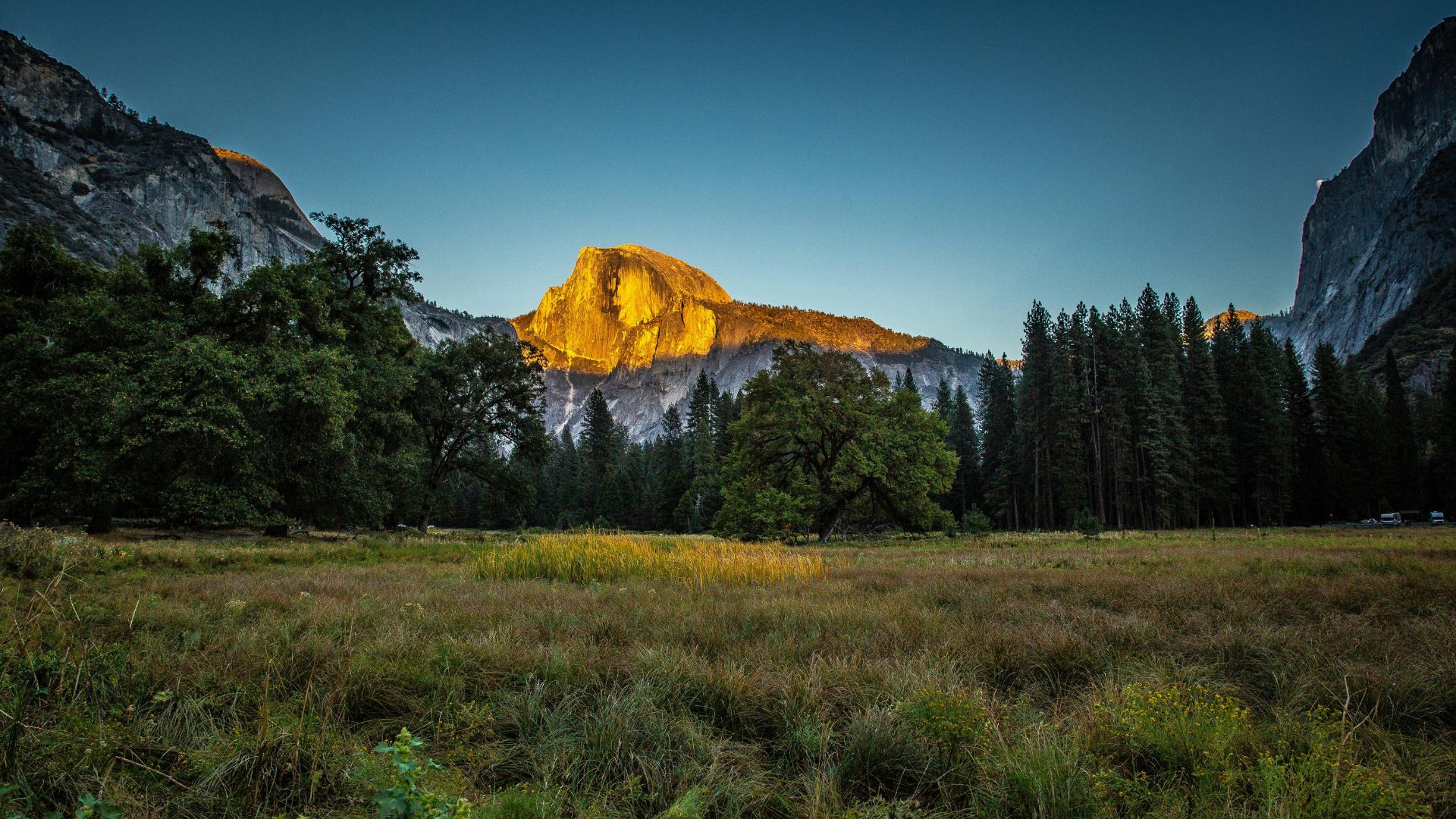
Navigating Peak-Season Crowds and Reservations
Summer crowds can be wild. Most of Yosemite’s annual visitors show up between May and September. The valley gets especially jammed.
You need reservations for day-use parking from May through September. I always book parking passes ahead at recreation.gov. Without one, you might not get in.
Camping reservations are a race. I set my alarm for exactly five months out, 7 AM Pacific. Upper Pines and Tuolumne Meadows campgrounds go fast.
Lodging at places like Curry Village fills up months ahead. I never risk it with last-minute summer plans.
If you want a little peace, go early or late in the day. Weekdays are better than weekends, but either way, get up with the sun.
Hiking, Backpacking, and Camping Opportunities
Summer means almost every trail is open and snow-free. You can wander from the valley floor to the high peaks.
Backpacking is best in summer. More routes open up once the snow melts. July through September is prime for multi-day trips.
Camping options explode. High-country spots like Tuolumne Meadows and White Wolf finally open, offering cool nights and pine-scented air.
Scenic drives are at their best. Tioga Road and Glacier Point Road deliver those classic mountain views. I like to drive them early before the traffic builds.
My favorite summer hikes:
- Mist Trail to Vernal Fall
- Nevada Fall via John Muir Trail
- Cathedral Lakes from Tuolumne Meadows
- Clouds Rest for those endless vistas
Waterfalls start drying up by late summer, so I aim for early in the season if I want to catch them at their best.
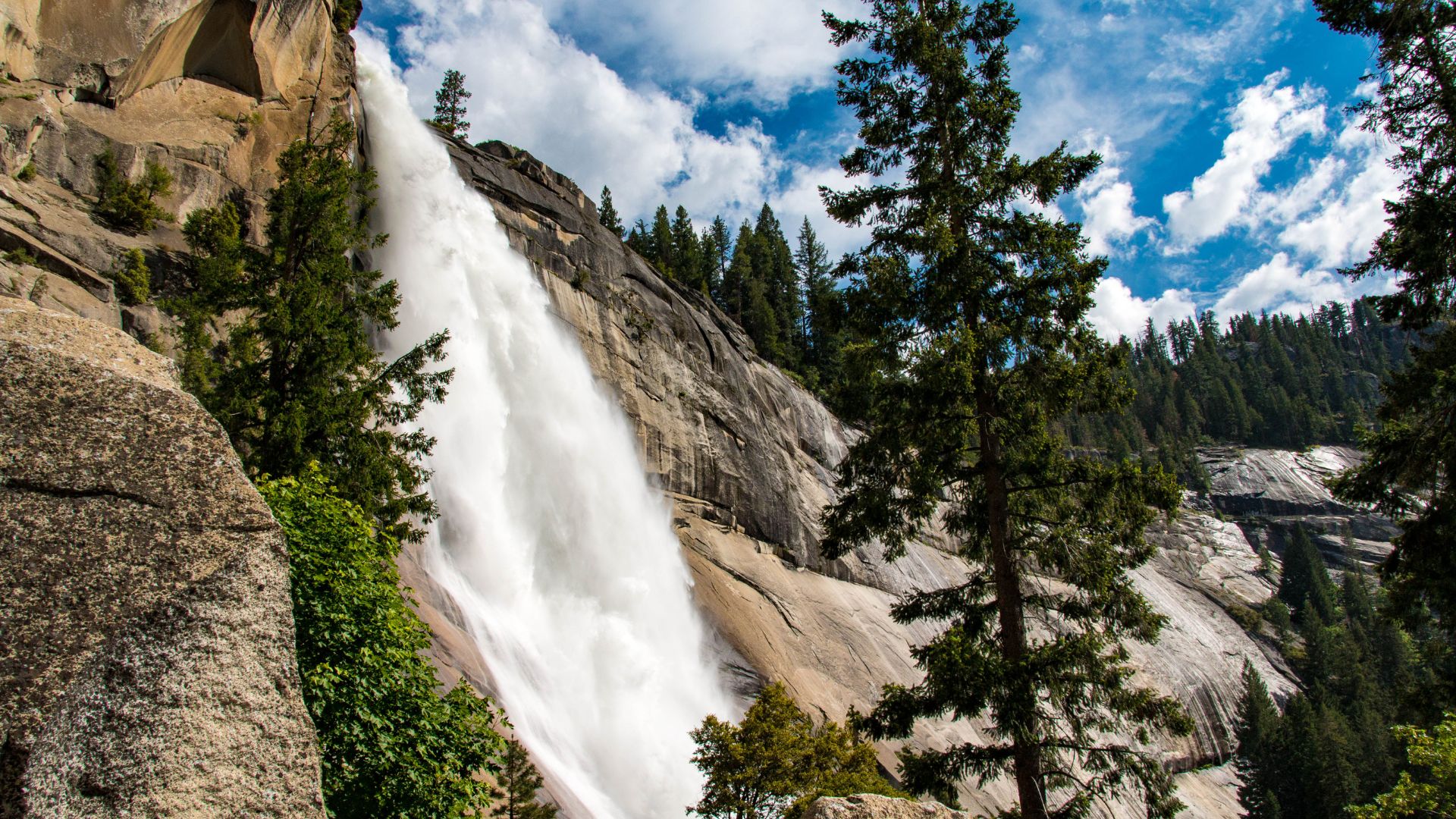
Fall in Yosemite: Autumn Colors, Crisp Air, and Tranquility
Fall in Yosemite feels like a reward for waiting. The park glows with gold and red, temperatures cool down, and suddenly, you have space to breathe. It’s a photographer’s dream, and the hiking is just perfect.
Where and When to See the Best Fall Foliage
The best fall colors usually show up from mid-October to early November, but weather can shift things. I always check foliage maps before heading out.
My favorite spots for fall color:
- Yosemite Valley Chapel—surrounded by gold and granite
- Tunnel View—sweeping views of the valley floor
- El Capitan Meadow—oaks turn brilliant yellow
- Mariposa Grove—giant sequoias with colorful understory
The valley floor is the most reliable place for color. Oaks go golden, dogwoods blaze red and orange.
If you’re coming in September, you’re probably too early. By mid-November, most leaves have fallen.

Cooler Temperatures and Fewer Crowds
Fall weather is a treat—days in the 60s or 70s, nights dropping to 40°F in October and 30°F in November.
Crowds thin out fast after Labor Day. Suddenly, parking is easy, and the trails feel peaceful again. No reservations needed at park entrances, unlike summer.
Fall perks:
- Easy parking at popular trailheads
- Short lines to get into the park
- Better odds for a camping spot
- Quiet, almost meditative hikes
Bring layers, since mornings and evenings get chilly. I never regret packing a warm jacket for those crisp autumn nights.
Hiking and Photography in Autumn
Fall really brings out the best for hiking and photography. The light turns soft, leaves explode with color, and suddenly, every turn on the trail feels like a postcard moment.
Best photography locations:
- Sentinel Bridge – You get that classic Half Dome shot, especially with those perfect fall reflections.
- Cook’s Meadow Loop – It’s an easy 2-mile walk, but the mountain views are just unreal.
- Mirror Lake Trail – Even when the lake dries up, the autumn colors around the bed look incredible.
I always bring a tripod for those sunset shots. That golden hour glow? It makes the colors pop against the granite, and honestly, it’s hard not to just stand there gawking.
By October, some high-country roads like Tioga Road and Glacier Point Road usually close because of snow. Most waterfalls slow to a trickle or dry up by fall, so don’t expect roaring cascades.
Shorter day hikes work best this time of year. If you want easy access to the best colors, try Lower Yosemite Falls or just wander around Yosemite Valley.
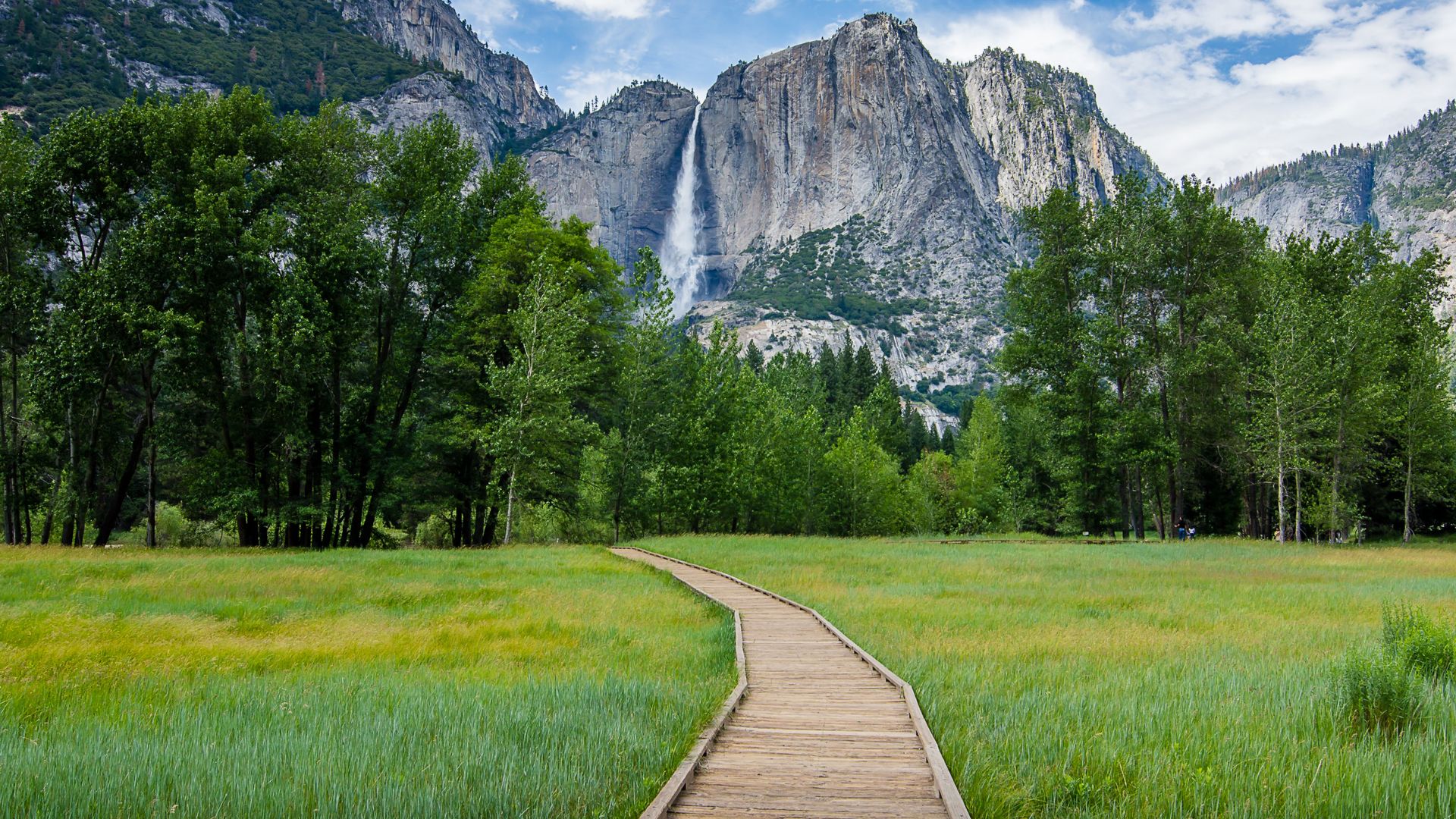
Winter in Yosemite: Serene Landscapes and Outdoor Activities
When winter rolls in, Yosemite transforms completely. Snow drapes the granite peaks, waterfalls freeze, and suddenly everything feels a little quieter, a little more magical.
The park switches gears, offering unique winter fun like cross-country skiing, snowshoeing, and even ice skating in the valley.
Winter Scenery and Snowy Highlights
Honestly, I think winter gives you some of the park’s most jaw-dropping views. Fresh snow covers the granite cliffs, and the contrast with the dark rock is just wild.
Sometimes, the waterfalls freeze into wild ice sculptures. Yosemite Falls often builds up ice at the base, and smaller falls freeze solid.
The valley floor usually gets a dusting, but up higher, like along Glacier Point Road, the snow piles up and turns everything into a postcard.
Key winter highlights include:
- Half Dome and El Capitan blanketed in white
- Frozen Bridalveil Fall
- Ice along the Merced River
- Crisp blue skies right after a storm
When I visit in winter, road closures always shape my plans. Tioga Pass and Glacier Point Road usually shut down from November to May, so I stick to the valley.

Cross-Country Skiing and Snowshoeing
Badger Pass is my go-to for cross-country skiing. The trails work for all skill levels, and if you’re new, those beginner loops near the ski area are perfect.
Popular cross-country routes:
- Glacier Point Road (8.5 miles one way)
- Dewey Point Trail (7 miles round-trip)
- Ostrander Lake (12.5 miles round-trip)
If you prefer snowshoeing, plenty of valley trails look magical in winter. Mirror Lake, with its snow-covered trees, practically begs for photos.
Badger Pass rents out all the gear you need during the off-season. Before heading out, I always check the snow report—sometimes trails get icy and a little sketchy.
You’ll want layers, waterproof boots, and traction devices. Mountain weather can turn on a dime, so it pays to be ready.
Ice Skating and the Badger Pass Ski Area
Badger Pass Ski Area claims the title of California’s oldest downhill ski resort. I’ve found it’s awesome for families and anyone learning to ski or snowboard.
Badger Pass features:
- 5 lifts and 10 runs
- Lots of easy terrain for beginners
- Lessons for skiing and snowboarding
- Full equipment rentals
Curry Village sets up an outdoor ice rink when the weather’s cold enough. Skating here, surrounded by cliffs, feels pretty surreal.
The rink usually runs from December through February, but it all depends on the temps. If it’s warm, the ice gets slushy fast.
Both spots have warming huts and food. I always check the current conditions before heading out, just in case weather messes with operations.
Essential Planning Tips for Your Yosemite Trip
If you want to visit, you’ll need to book reservations months in advance and keep an eye on those seasonal road closures. I’ve learned that snagging permits early and aiming for the shoulder seasons can make your trip way smoother.
Best Months and Strategies for Fewer Crowds
I think March and October hit the sweet spot: good weather, way fewer people. March only brings about 153,000 visitors, which feels empty compared to August’s 500,000+. If you can swing it, go on a weekday.
Early mornings and late afternoons are the best times to explore the valley. Crowds usually flood in from 8am to 6pm, so I try to start hikes before sunrise or after five.
If possible, skip Memorial Day through Labor Day. That’s when entry reservations are required and traffic gets wild. From November to February, only about 3% of annual visitors show up.
Winter brings true peace and the lowest prices on lodging, but you’ll need snow gear. January and February are especially quiet.
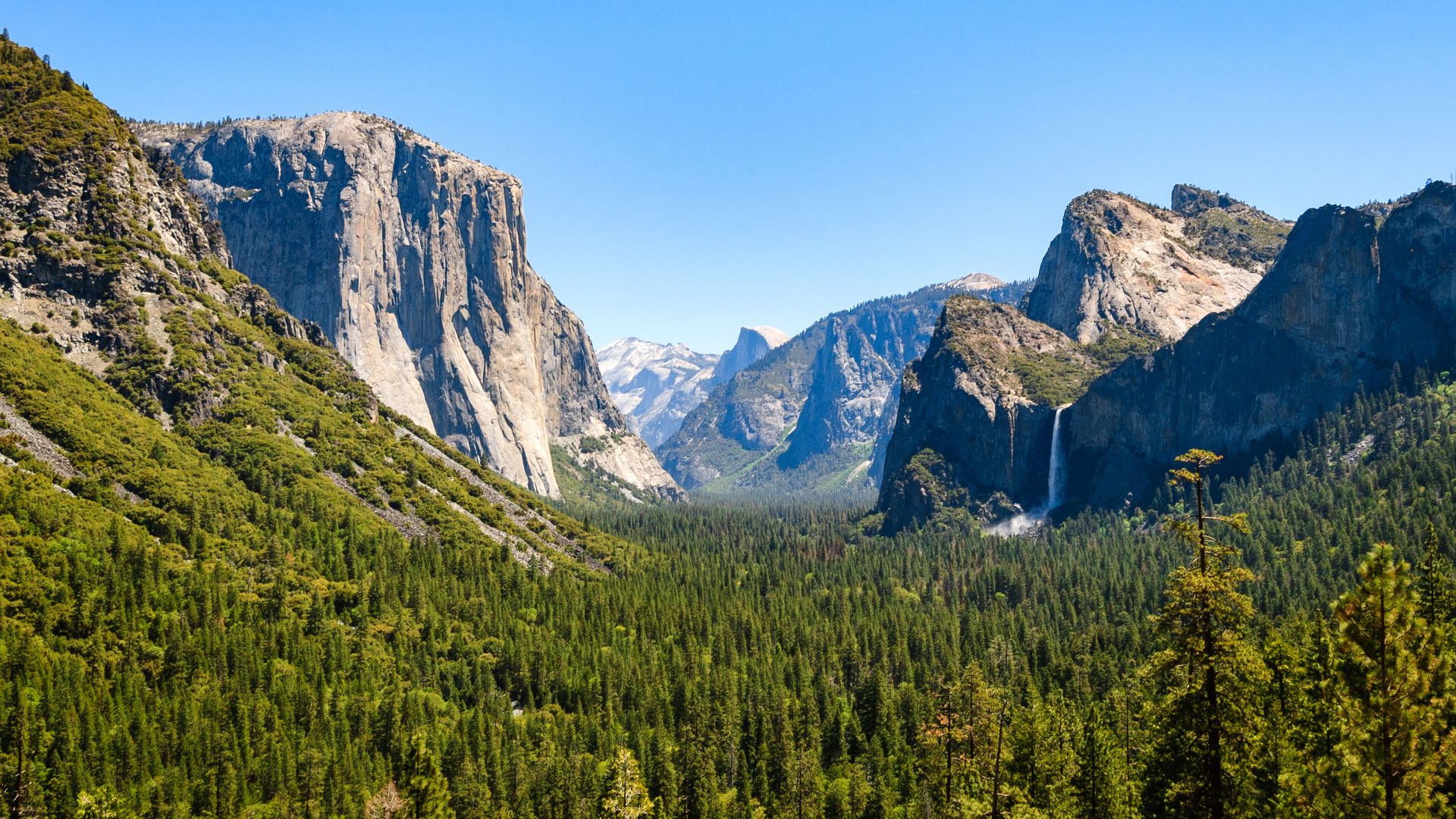
Understanding Road Closures and Park Access
Tioga Road and Glacier Point Road close for snow from November through May. They usually reopen in June, but I always double-check before I go.
Yosemite Valley stays open all year, but in winter, you’ll need to carry snow chains. The park requires them from October to April, no exceptions.
The Mariposa Grove shuttle runs April 1 through November 30. Without it, you’ll walk an extra two miles to see the giant sequoias. I always try to visit during shuttle season—it’s just easier.
From mid-May through September, you’ll need entry reservations. Book these at recreation.gov, and don’t forget: they’re separate from camping or hotel bookings. The best spots go fast, so plan ahead—five months out isn’t too early.
Making Reservations in Advance
Camping reservations drop exactly five months ahead at 7am Pacific Time. If you’re eyeing a spot at Upper Pines in Yosemite Valley, you’ll need to move fast—these fill up in minutes. I’ve learned the hard way to set a couple of alarms and keep backup dates handy, just in case.
Lodging books up crazy early—think 12 to 15 months out if you want to visit during peak season. The Ahwahnee Hotel and Yosemite Valley Lodge always seem to top everyone’s wish list. If you’re like me and don’t mind a short drive, towns like Mariposa or Groveland usually have more options and sometimes a bit more character.
Half Dome permits? You’ll need to snag those in advance through a lottery. There’s a daily lottery that opens two days before your planned hike, but honestly, entering the preseason lottery gives you a better shot. It’s a bit of a gamble, but that’s part of the adventure, right?
Wilderness permits for backpacking open up 24 weeks before your trip. Trailheads like Clouds Rest? They’re gone in a flash. I’ve found that having flexible dates makes a huge difference—sometimes it’s the only way to land those coveted permits.

